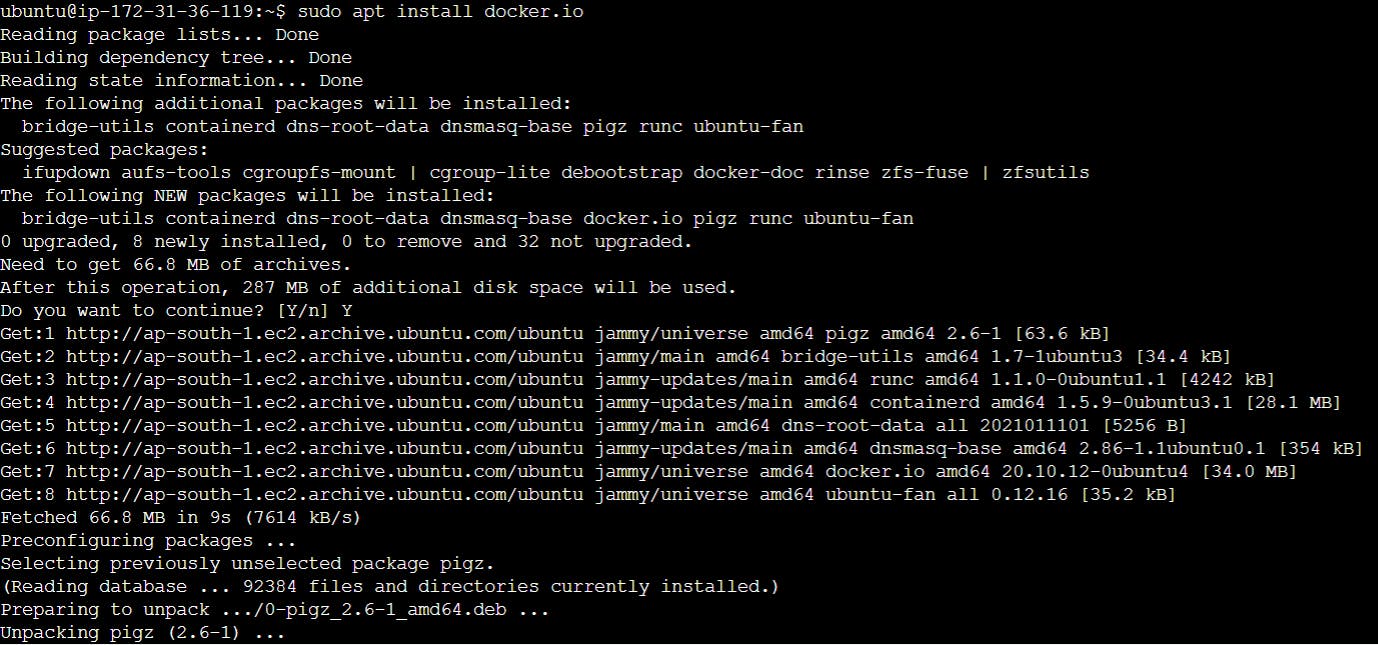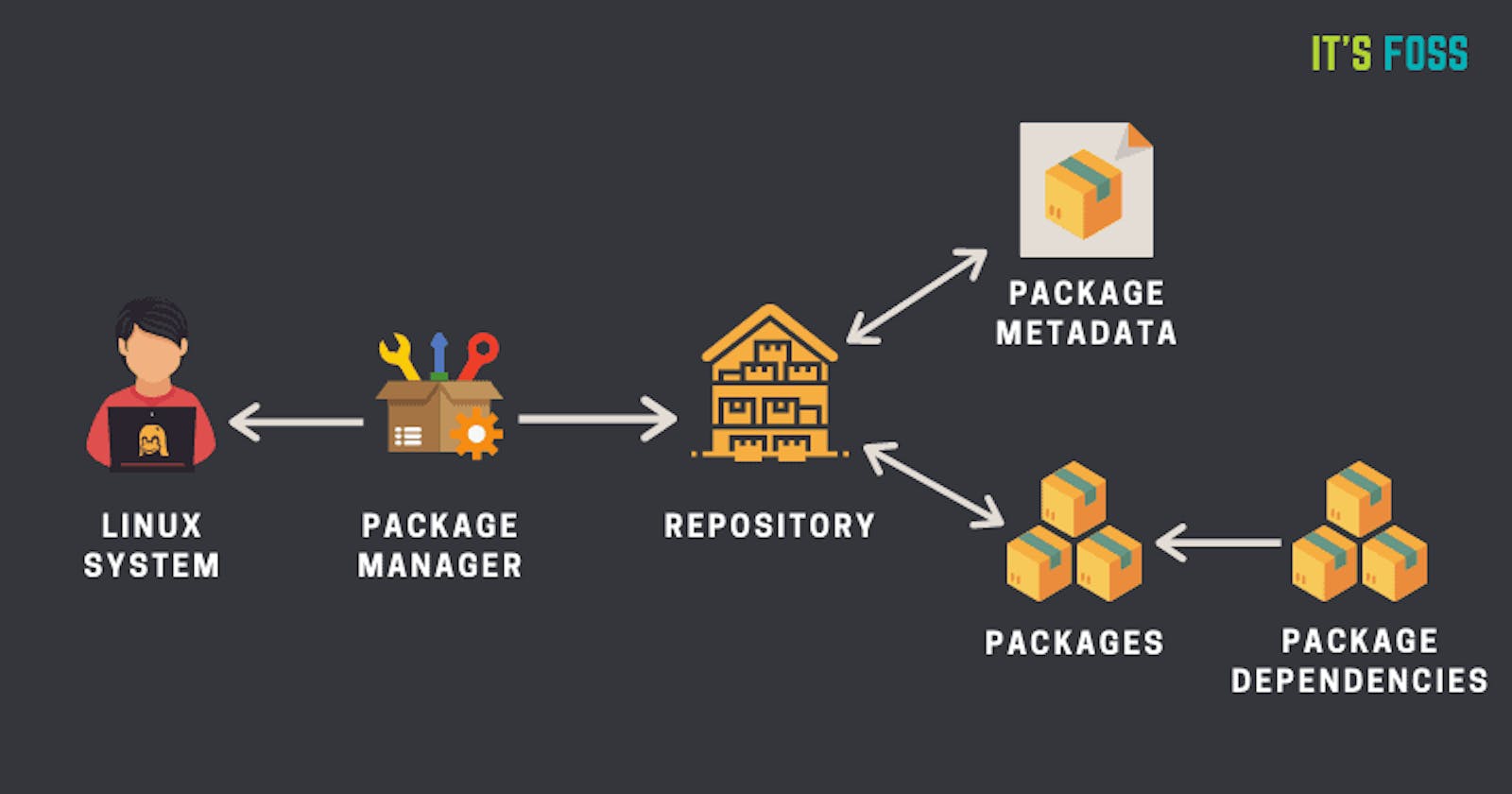#90DaysOfDevOps
(1) What is a package manager in Linux?
In simpler words, a package manager is a tool that allows users to install, remove, upgrade, configure and manage software packages on an operating system. The package manager can be a graphical application like a software centre or a command lines tool like apt-get or Pacman.
You’ll often find me using the term ‘package’ in tutorials and articles, To understand package manager, you must understand what a package is.
(2) What is a package?
A package is usually referred to as an application but it could be a GUI application, command line tool or a software library (required by other software programs). A package is essentially an archive file containing the binary executable, configuration file and sometimes information about the dependencies.
(3) Different kinds of package managers.
Package Managers differ based on the packaging system but the same packaging system may have more than one package manager.
For example, RPM has Yum and DNF, package managers. For DEB, you have apt-get, aptitude command line-based package managers.
(4) You have to install docker and Jenkins in your system from your terminal using package managers.
Install and update the package index
sudo apt install
sudo apt update
(I) Install docker in the ubuntu Operating system


(II) Install Jenkins on Ubuntu operating system follow these steps
Since Jenkins is written in Java, the first step is to install Java.
Update the package index:
sudo apt update
Install Jenkins:
sudo apt install jenkins
Start the Jenkins daemon:
sudo systemctl start jenkins
To enable the Jenkins daemon to start on boot:
sudo systemctl enable jenkins
(5) Difference between systemctl and systemd.
systemctl is used to examine and control the state of the “systemd” system and service manager. systemd is a system and service manager for Unix-like operating systems(most of the distributions, not all). As the system boots up, the first process created, i.e. init process with PID = 1, is systemd system that initiates the userspace services. Syntax :
systemctl [options..] command [name..]
Thank you for reading this article and giving your valuable time. If you have find this article insighful kindly follow me.
~Prabhakar Yadav
